After doing research, your youth sports organization has decided it needs player evaluation software. The club wants the benefits of having real-time scores and athlete rankings, the added parameters for preventing biases, the ease of providing player feedback throughout the season, and more. However, using player evaluation software can come with an added expense that your organization might not have included in the budget.
Most player evaluation software providers charge a per player fee of between $3 and $5 per athlete per year. Although this is a reasonable cost for most organizations who see the clear value and return on investment with player evaluation software, this cost still requires the organization to budget for and identify a source for those funds.
But don’t worry – there are ways clubs can account for the cost so they can enjoy the benefits this season. Here are the three most common sources of funding for player evaluation software.
Increase Registration Fees
The most common way to fund evaluation software is to increase tryout or season registration fees. Keeping costs manageable for families is very important, but when presented with the value of more accurate, transparent, and faster results with the ability to receive feedback during the year, parents are often happy to pay another $5-$10 per season.
Clubs should communicate the increase as soon as possible to families and make it clear how the addition of player evaluation software will benefit their family.

Lack of feedback and transparency during tryouts is one of the most common parent complaints — and is one of the major benefits of player evaluation software. Adding a few dollars to the cost of registration can be a welcomed investment when families learn they can receive tryouts scores within minutes of evaluation sessions ending, and that rosters can be formed and announced much quicker. Athletes and their parents will appreciate the transparency of knowing what scores administrators are using to form rosters.
Clubs should also highlight the ability to conduct and send player evaluations and feedback throughout the season via the software. While it’s great to see how players perform during tryouts, it’s an added benefit to know families will receive updated evaluations and feedback during the year. This will benefit the players both this season and next year as they prepare for their next tryout.
Highlighting these short and long-term benefits will help families understand how a small increase in fees will result in a great asset for their children.
Have you done fundraisers for your youth sports organization before? Checkout these ideas.
Host Camps and Showcases
Another way clubs can fund player evaluation software is through camps, showcases, or clinics the organization hosts throughout the year. Adding a new event like one of these can serve as an additional source for revenue for the club. Organizations who already host these training events can still benefit, as they can increase the cost of registration for the event by using the software to add an evaluation component and feedback report for each player at the end of the session. This take-home feedback dramatically increases the value to both the player and their parents and is an easy way to cover the costs of evaluation software. Holding these events can also become a source of extra revenue for organizations who can now justify a higher registration fee due to the added benefits of the software.

Sell an Evaluation Sponsorship
For clubs who don’t want to use player fees to fund player evaluation software, securing a sponsorship is a good option. Local and even national sponsors are constantly seeking opportunities to get their brand and messaging in front of youth sports families, and player evaluations present the perfect opportunity for them to do so.
“A lot of clubs and rec leagues tend to think about sponsors on opening day (of the season), but tryouts are a great opportunity,” said Wade Smith of Go Play! Marketing.
Consider putting a small package together for an evaluation sponsorship. This could include signage or a table at tryouts, where parents often hang around to observe part of the event. For more information on how to create a sponsorship packet, read this blog.
There are also opportunities to promote sponsorships digitally. Company logos can be added to communication templates that teams send from the software to parents and players. These communications can include player results after tryouts, roster information or player evaluations throughout the season. This allows teams to use sponsorship funds to pay for the evaluation software, especially if there wasn’t room for the software in the club’s initial budget. It also allows the sponsor’s name and logo to have a placement on materials athletes and their parents are likely to print out, save, and display for reference.

When seeking a sponsor to fund player evaluation software, make sure the business presents a good partnership with the team and its players and families.
“I would look for a company that has a value-add for the (club) members,” Smith said.

